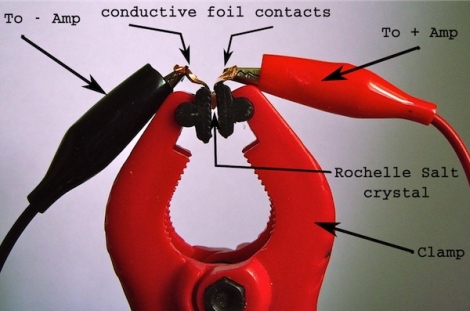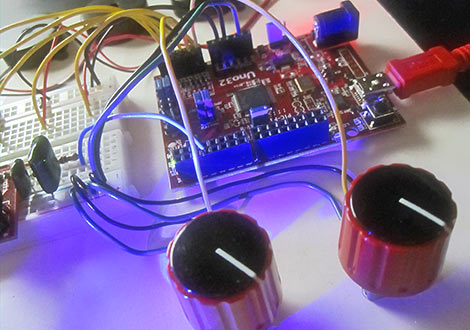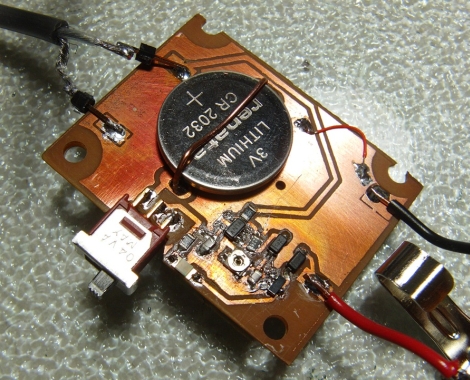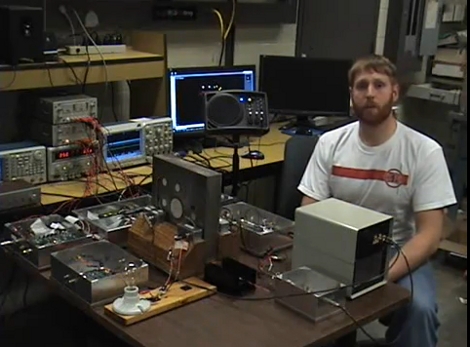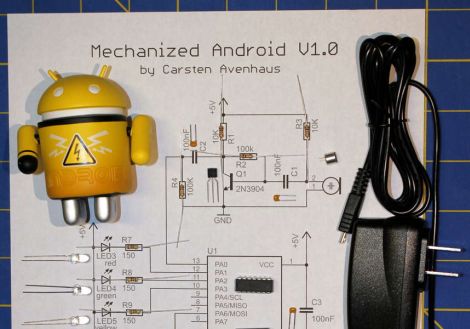

[John Thomson] usually keeps his phone on vibrate when it’s in his pocket, and he often forgets to turn the ringer back on when setting it down to charge. This typically results in a bunch of missed calls in the meantime, so he had to devise a way to counteract his forgetfulness.
You might remember [John] from the Santa-pede contest we held last December. He wanted to try his hand at yet another competition, the Avnet Dog Days of Summer contest, so he scrambled to come up with a quick fix for his situation. He concocted a simple circuit based on [ChaN’s] design for a “Simple SD Audio Player with an 8-pin IC” that would alert him to incoming calls, even when his phone was on vibrate.
[John] used an ATtiny85, just as [ChaN] did, adding a speaker for sound output and a piezo sensor to detect his phone’s vibrations. When the piezo senses a bit of motion, the audio player kicks in, blaring a series of sounds that are sure to get [John’s] attention.

